
Introduction
Having a child brings with it new challenges and difficulties for most parents. Raising a child with a facial deformity, such as a cleft lip or palate, is more complicated and challenging.
Today, technology and treatments like cleft lip palate surgery are available for infants and Children born with cleft palate, cleft lip, & other facial anomalies.
In the last half-century, reconstructive surgery for cleft lips and palates has evolved significantly, and today’s procedures and techniques are vastly improved.
As children grow and develop, they usually have to undergo a series of surgeries to repair their clefts.
With such specialized treatment, children with lip and palate deformities can improve their quality of life rapidly. During their first few years, children with clefts may need multiple surgeries, but they will eventually be able to live a normal life.
As we move forward in this blog, let us look at the techniques, risks, & recovery involved in Cleft Lip and Palate Repair Surgery:
What is a cleft lip?
Often, cleft lips are simply a small notches in the lip. There may also be a complete split in the lip that runs as far as the nose base.
When the tissue that makes up the lip doesn’t join completely before birth, a cleft lip occurs. In this way, the upper lip becomes open. Cleft lips can also lead to cleft palates in children.
What is a cleft palate?
Cleft palates can occur on either side of the roof of the mouth. In some cases, it may extend down the palate.
A cleft palate occurs when the tissue that makes up the roof of the mouth doesn’t join together completely during pregnancy.
Some babies have open front and back palates. In some babies, only part of the palate is open.
TECHNIQUES USED IN CLEFT LIP AND PALATE REPAIR SURGERY
1) Nasoalveolar molding:
Cleft lip and palate babies may benefit from nasoalveolar molding (NAM), a procedure performed by an orthodontist who specializes in dealing with craniofacial conditions.
In the first few weeks after birth, NAM gradually stitches together the palate and lip and provides symmetry to the nose, preparing the patient for optimal surgical results.
Based on an impression of the patient’s mouth, a palatal plate and nasal stent are made.
By adjusting the device frequently, the palate is gradually molded.
2) Cleft Lip Repair:
In cleft lip surgery, the lip is repaired after it has separated. A cleft lip is typically repaired between three and six months of age. Cleft lips can be repaired using a variety of techniques.
Rotation advancement is the most common type of cleft lip repair.
From the lip to the nostril, the plastic surgeon will make an incision on each side of the cleft. Following this, the two sides of the lip are sutured together, using tissue from the area to rearrange and close the lip.
Cleft lip repair also realigns the upper lip muscles so that they provide normal lip function and facilitate sucking.
3) Cleft Palate Repair:
Cleft palate surgery is performed to repair the roof of your child’s mouth so that he or she can eat and talk normally.
Repairing a cleft palate is more complicated surgery and has the best outcome when the child is slightly older, more tolerant, and before they have developed significant speech skills.
It may requires Multiple surgeries depending on the size and type of the cleft.
By the age of 3 months, the first surgery is performed. In most cases, the second surgery is performed at 6 months of age.
Different techniques can be used to repair the cleft palate, including Z-plasty and V-Y pushback.
During these procedures, the palate is closed in 3 layers: the nasal lining, the middle layer, the muscles at the back of the palate, and the final layer, the oral mucosa.
RISKS OF CLEFT LIP & CLEFT PALATE REPAIR
Having a cleft palate or cleft lip treated has risks, like most surgeries.
Among the most common risks are:
- ♦ Bleeding
- ♦ Symptoms of infection
- ♦ Anaesthesia-related reactions
- ♦ Problems with breathing
- ♦ Surgery doesn’t work or more surgeries are needed
- ♦ Allergic reactions to tape, sutures, glues, topical preparations, or injected agents
- ♦ There can be damage to deeper structures which may be temporary or permanent. This damage may be caused by nerves, blood vessels, muscles, or the auditory canal.
- ♦ Shortening, thickening, or overgrowth of scars
- ♦ Incisions fail to heal
- ♦ Revisional surgery may be necessary
- ♦ Lip or nose irregularities or asymmetries
RECOVERY INVOLVED IN CLEFT LIP AND PALATE REPAIR SURGERY
After surgery, the goal is to protect the new repair and stitches. Due to this, the child’s feeding, position, and activity will change for a short period of time.
Keeping these things in mind will help:
♦ After surgery, infants can’t suck on a nipple/bottle or pacifier for 10 days. To feed, a syringe with soft rubber tubing will be used. Drinking from a cup may be appropriate for older children.
♦ In order to prevent a child from rubbing their face on the bed after a cleft lip repair, they should be positioned on their side or back.
♦ Keep the stitches clean and free of crusts.
♦ Keeping the child from putting their hands or toys in their mouths is important. Therefore, they will wear arm restraints (NoNo’s) that prevent them from bending their elbows
♦ During the first few days following surgery, your child may require pain medicine. When using over-the-counter infant pain relievers, follow the directions on the label.
Conclusion:
Through improved anatomy, superior techniques, better training, and emphasis on interdisciplinary care, cleft lip & palate repair has improved significantly.
We hope this article may help you gain a better understanding of cleft lip and palate repair surgery and the procedures surrounding it.
To learn more about a procedure, or if you have questions regarding cleft lip and and palate surgery in Chennai, please schedule an appointment with Jerush Dentofacial & Cosmetic Laser Centre, a pioneer in delivering cosmetic and dental treatment, keeping up to date with the latest medical advances.
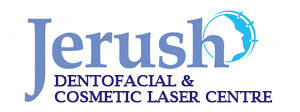
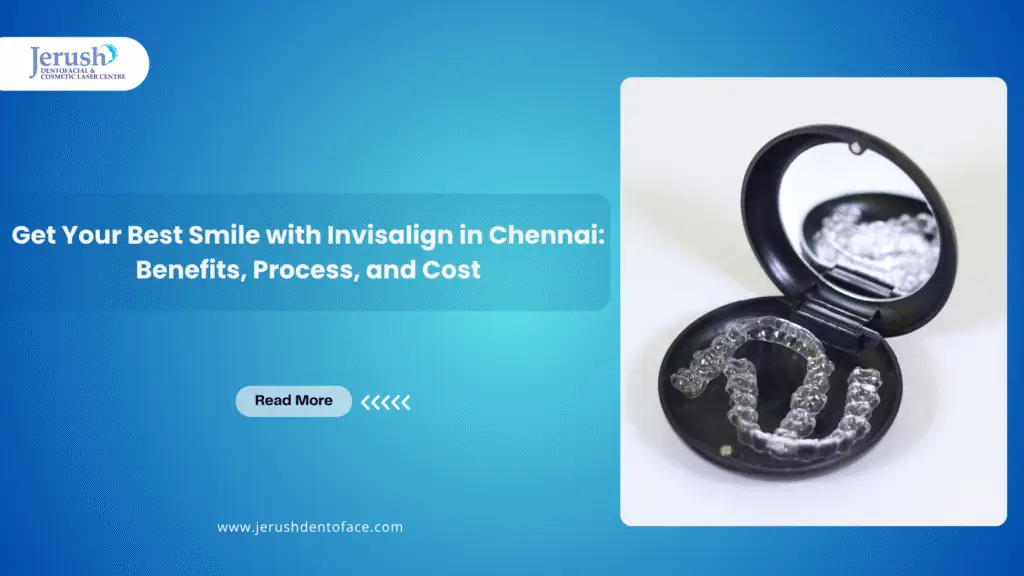
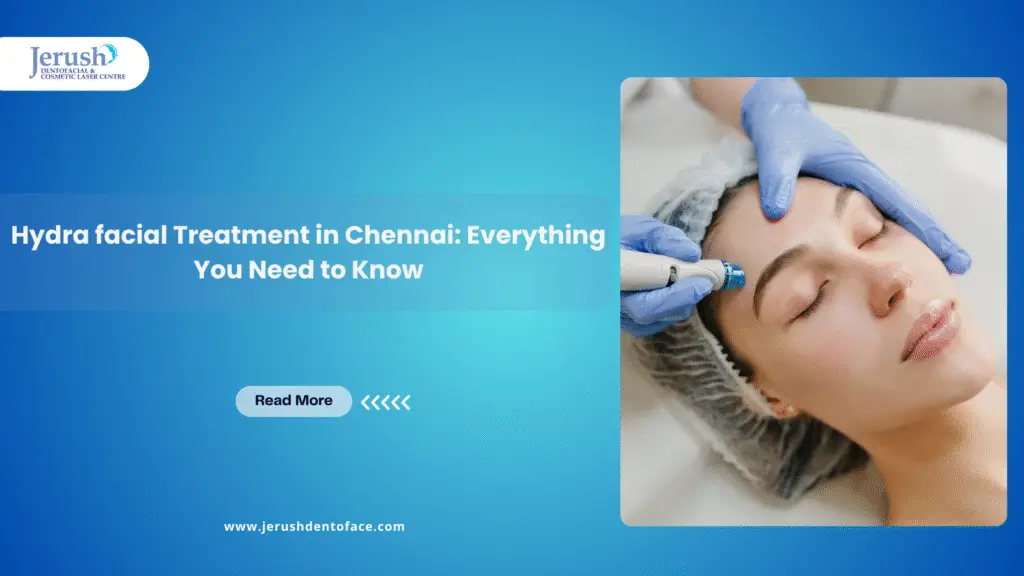
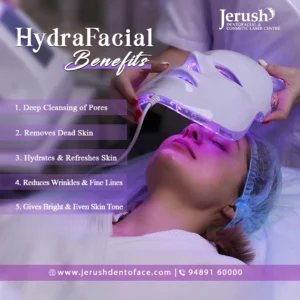









 Dr-Jovitta
Dr-Jovitta


 tooth jewellry -Girl
tooth jewellry -Girl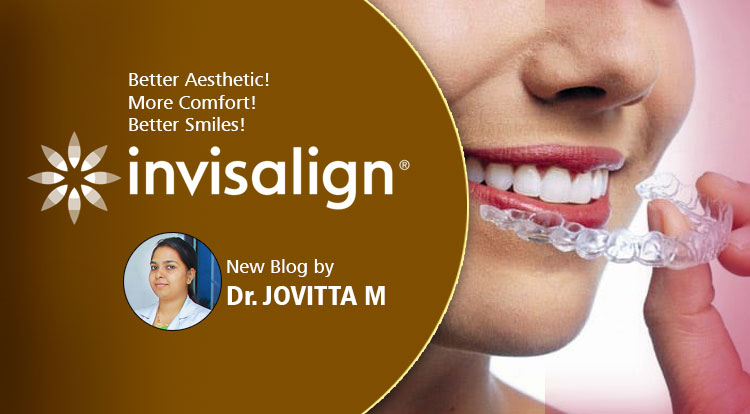
 Invisalign, The best orthodontic treatment
Invisalign, The best orthodontic treatment